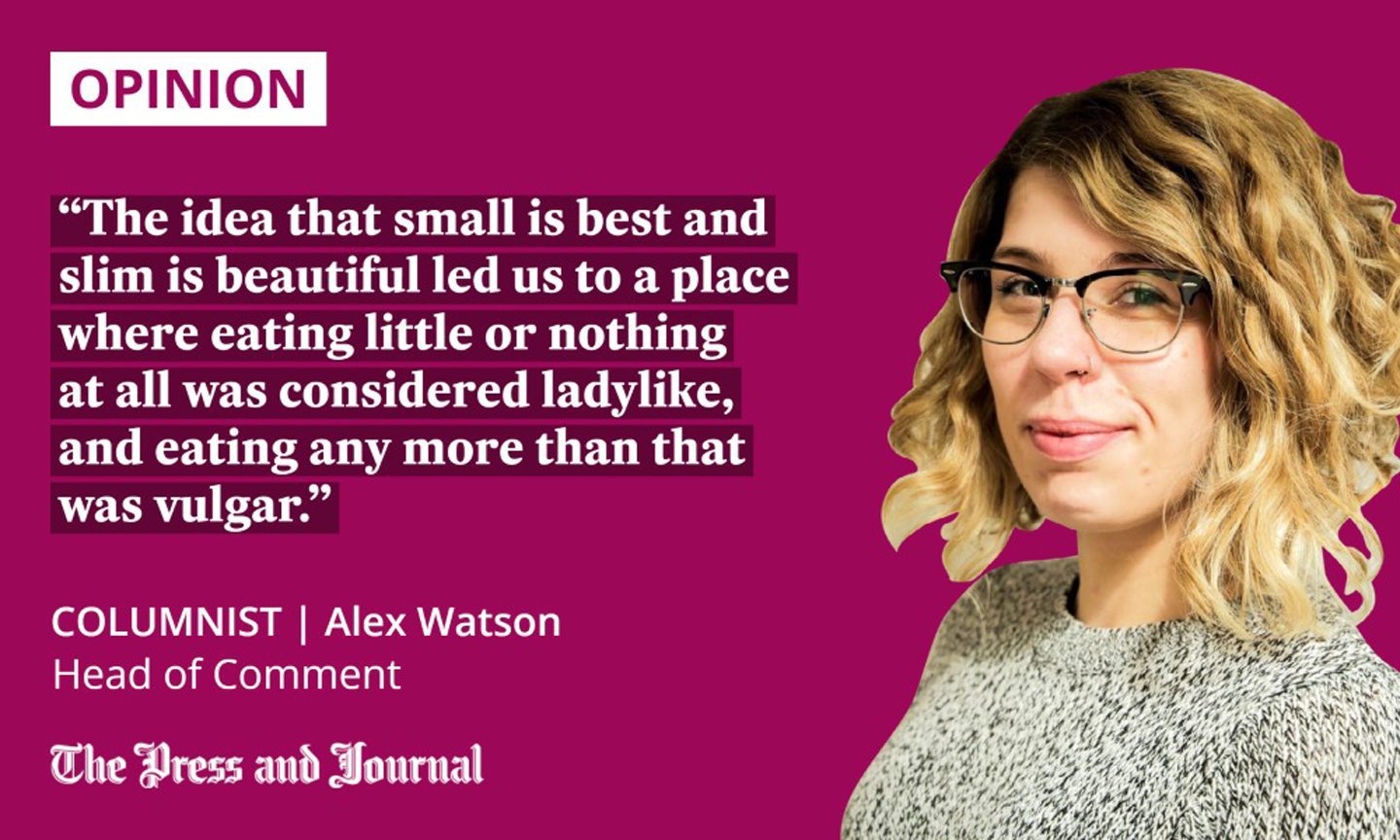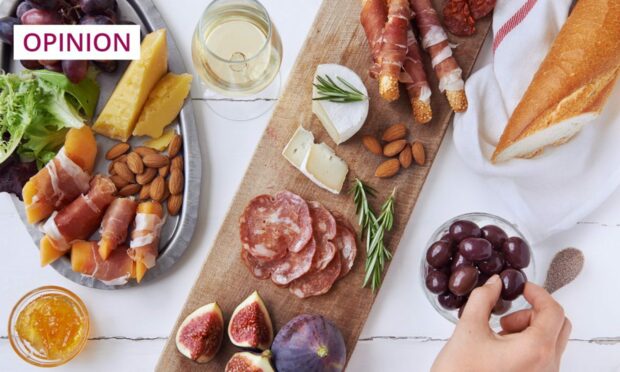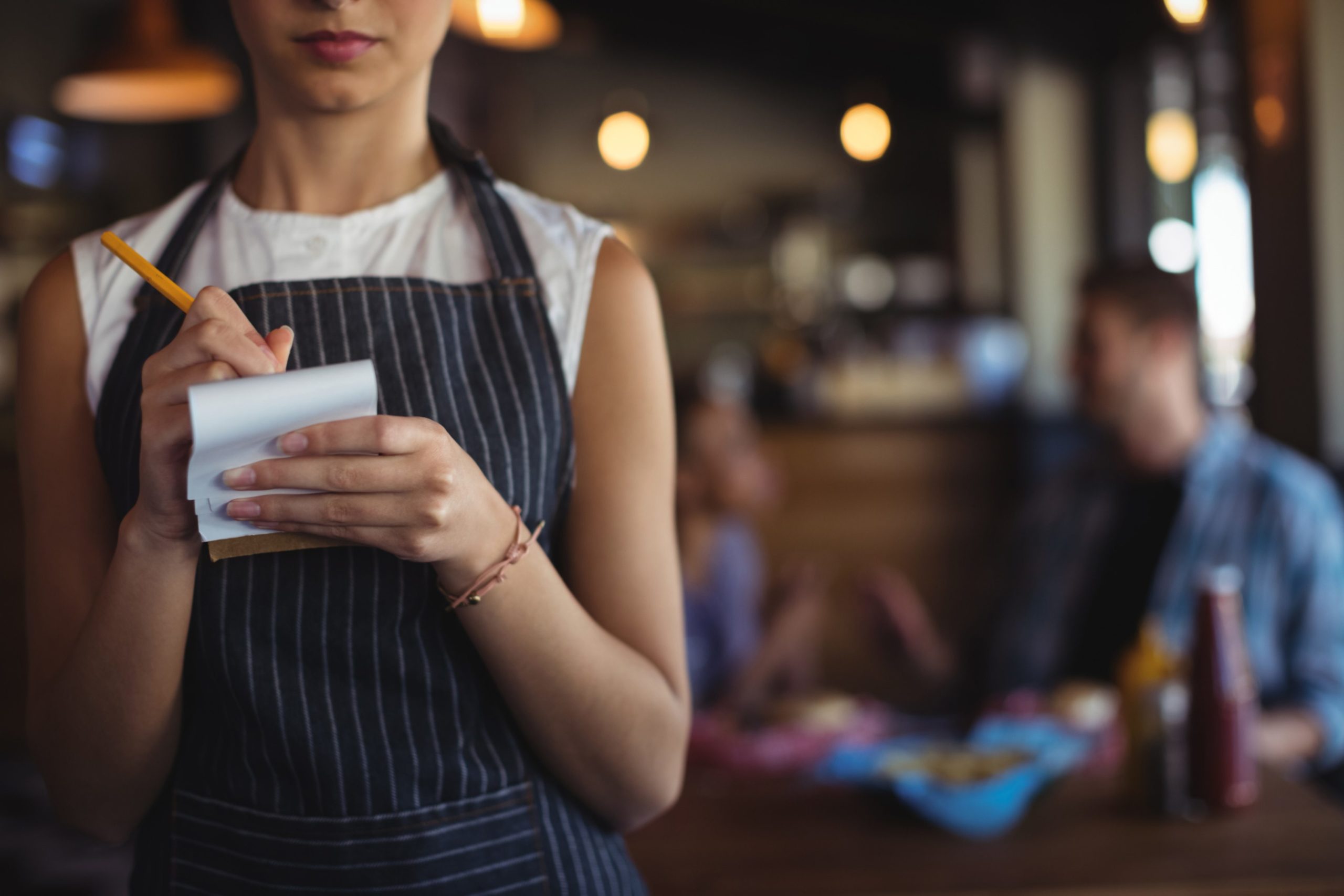Of all things, the 2003 remake of the film Freaky Friday crossed my mind recently.
I was reading about the TikTok trend “Girl Dinner” at the time. What is Girl Dinner? “Snack plates made by one person, for the consumption and enjoyment of one person,” says the New York Times. Writer Jessica Roy paints the picture: “Luckily you’re home by yourself – no kids, no roommates, no partners – and therefore can eat whatever you want for dinner.”
But, wait, what has that got to do with Freaky Friday?
Well, after supernaturally swapping bodies in the movie, mother Tess (Jamie Lee Curtis) and teenage daughter Anna (Lindsay Lohan) sit side by side in a car. Summoning her best Curtis impression, Lohan holds a McDonald’s chip up for inspection like it’s radioactive.
Eventually, once all the justifications and references to allegedly fat thighs under the sun have been made, she pops it in her gob and chews. “My first french fry in eight years. I can hear the hallelujah chorus,” she breathes rapturously.
The whole sequence lasts less than a minute, but I reckon it’s burned on my brain because, as a young teenager, I found its content bewildering. Eight years? If they were so euphoric about fried potato, why would anyone deny themselves a chip or two for nearly a decade?

It’s important to stress that eating disorder specialists at the charity Beat aren’t concerned about Girl Dinner. “Unlike harmful videos like ‘what I eat in a day’, which can worsen eating disorder behaviours for people who are unwell, the ‘girl dinner’ trend tends to show the freedom of food,” explained Tom Quinn, Beat’s director of external affairs.
“It’s rare to see any specific calories or eating disorder tips mentioned in these videos and people instead talk about meals that they enjoy.”
It’s nice to hear about food being celebrated and not demonised, but it does bother me to think that it took a 2023 social media craze to make some women comfortable with the notion that you “can eat whatever you want for dinner”.
Linking small appetites to femininity is harmful for everyone
Unlike the people doing great work at Beat, I am not an expert when it comes to eating disorders. As a child, I was protected from the worst side effects of so many generations of diet culture and low self-esteem; shielded from the fact that some mothers judged their daughters by their weight, and girls my age and younger starved themselves to feel in control.
Back then, the ill-considered “Special K diet” (eating only cereal for breakfast and lunch in order to drop a dress size) and meal replacement “shakes” for weight loss were advertised constantly. I became aware that I was considered chubby, podgy, chunky – whatever you want to call it – when a boy in my class pointed at me in the playground and shouted “SlimFast!” Neither of us could have been older than 12.
In high school, there’s no shielding anyone from anything. Girls in my year grew preoccupied by what they were (or weren’t) eating, always hoping to cut back, trim up, slim down. Without even realising it, I began to consider my own hunger unseemly, and to equate the small, low-calorie portions some of my classmates seemed satisfied by with delicate, delightful femininity.
The misguided but persisting idea that small is best and slim is beautiful led us to a place where eating little or nothing at all was considered ladylike, and eating any more than that was vulgar. No second helpings, no dessert, no milkshakes or beer.
Even now that we’re all fully grown adults, it can feel like a competition when eating out; a stand-off. Should we have cake? Can we? I will if you will. Only if you will.
Hunger makes me a modern girl
That’s why Girl Dinner set off alarm bells for me; because dinner is dinner – why does the complicated baggage of being a girl even have to come into it?
Nonetheless, I’m glad that “typical girl dinners” tend to include cheese and cold meat and carbs – the kind of delicious foods those girls at school (just children, really, who were still growing) would avoid at all costs. It’s great to hear Girl Dinner described as “both chaotic and filling”: what you want – everything you want – on the plate, all at once.
I’m ravenous: for food, for life, for much more than being perceived as cute and dainty
But it troubles me that some people still feel the need to say they’re full when they’re not, on their quest to reach some state of “perfection”. And it troubles me that others are judged or made to feel lesser for admitting that they’re hungry.
I’m a hungry girl – always have been, always will be. In fact, I’m ravenous: for food, for life, for much more than being perceived as cute and dainty. And it’s OK if you’re hungry, too.
So, sure, let’s have Girl Dinner. But let’s just call it “dinner”. Budge up – I’m taking a seat at the table.
- If you’re worried about your own or someone else’s health, you can contact Beat, the UK’s eating disorder charity 365 days a year on 0808 801 0432 or via beateatingdisorders.org.uk
Alex Watson is head of comment for The Press and Journal, and always welcomes restaurant recommendations

